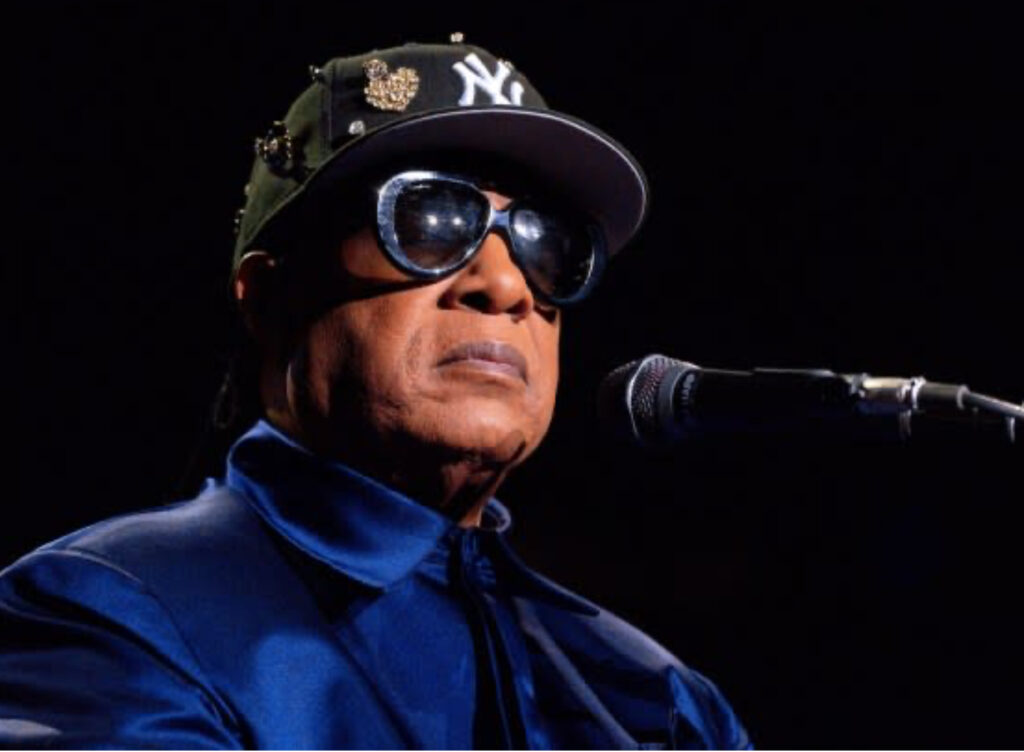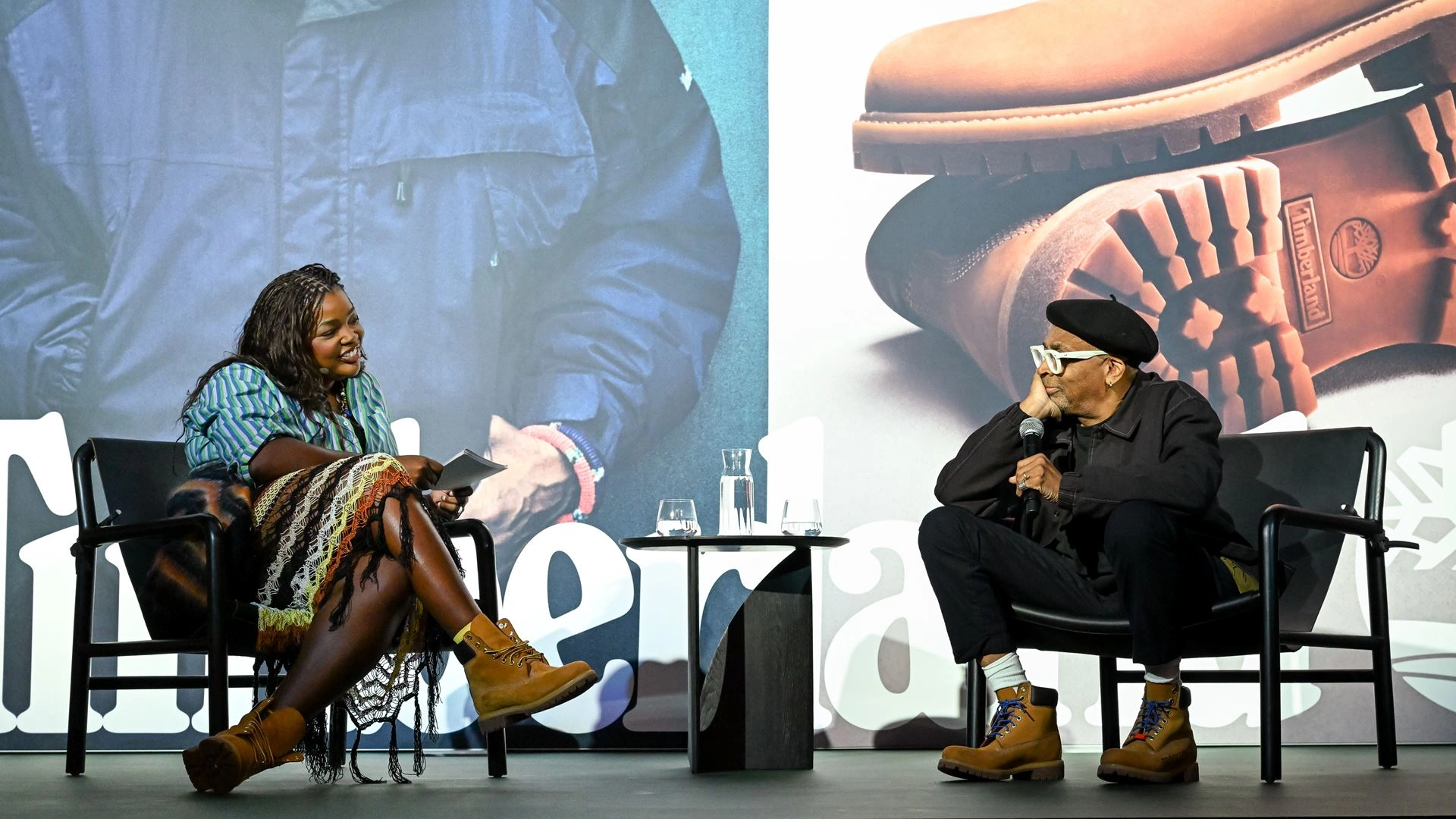In the ever-unfolding chronicle of American music, few names strike a chord with as much resonance as Stevie Wonder. Born Stevland Hardaway Judkins and later known to the world as Stevie Wonder, he is a singular force—equal parts musical genius, cultural beacon, and humanitarian conscience. As we approach the 40th anniversary of his 1985 hit “Part-Time Lover,” Wonder’s rhythmic impact has only deepened. This editorial offers not just a tribute to that iconic track but a reflective excavation of his enduring influence: on music, on culture, and most recently, on global philanthropy and personal evolution in 2025.
Prelude: The Genius of ‘Part-Time Lover’
Released in August 1985, “Part-Time Lover” wasn’t just a chart success—it was a signal of how nimble Wonder’s artistry had become in adapting to contemporary sounds. Synth-heavy, propelled by a brisk tempo and layered harmonies, the song explored the complexity of extramarital entanglements through a deceptively buoyant pop-funk lens. Unlike the soul-saturated warmth of his 1970s catalogue, “Part-Time Lover” signaled his embrace of the digital era.
It soared to No. 1 on the Billboard Hot 100, making Stevie Wonder the first artist to score a No. 1 hit on four different Billboard charts with the same song: pop, R&B, adult contemporary, and dance. The song’s call-and-response vocal technique, its sharp lyrical play on secrecy and desire, and the emotionally taut production placed it squarely within the cultural tensions of the Reagan-era 1980s. It was both escapist and damning, sugarcoated infidelity with sequenced synths and syncopated funk.
But the brilliance of “Part-Time Lover” lies in its elasticity: even today, it reads as relevant—its themes of emotional fragmentation and double lives mirroring the compartmentalized existences of digital-age relationships.
A Sonic Tapestry: The Shifts Before and After
Before “Part-Time Lover,” Stevie Wonder had already built a temple of sound: the 1970s were his renaissance. Albums like Innervisions (1973), Songs in the Key of Life (1976), and Talking Book (1972) didn’t merely push boundaries—they redefined the framework for popular music. These records mapped a cosmology of civil rights, spiritual searching, romance, and racial identity, all housed in pioneering synth-scapes and vocal layering techniques that predated modern sampling and digital looping.
But the 1980s brought change. The synthesizer became king, and Wonder—ever the futurist—didn’t resist. Instead, he mastered it. His collaboration on E.T.: The Extra-Terrestrial’s original theme (later scrapped), his contributions to film soundtracks like The Woman in Red (which gave us “I Just Called to Say I Love You”), and his electronic tinkering all demonstrated that he was not beholden to the past. “Part-Time Lover” was the apex of this reinvention.
Afterward, Wonder’s output slowed, but never diminished in value. The 1995 album Conversation Peace was a quieter, more contemplative record, and though the 2005 project A Time to Love was his last full studio album, it served as a coda of heartfelt optimism in the wake of post-9/11 malaise.
Stevie in 2025: The Present-Day Arc
Now in 2025, Stevie Wonder remains creatively alive—if not through albums, then through strategic appearances, mentorships, and philanthropic pursuits. While his most recent public performances have been selective, each one is received as a kind of secular sermon: rare, reverent, and resplendent.
He has taken a distinctly global turn in his outreach. In late 2024, Wonder spearheaded The Vision Project, an initiative designed to combat preventable blindness in low-income communities across sub-Saharan Africa and Southeast Asia. Partnering with organizations like Orbis and the Carter Center, Wonder’s role isn’t just symbolic—he has personally funded several mobile ophthalmology units.
In February 2025, Wonder was honored with the United Nations Lifetime Humanitarian Arts Award in Geneva. During his acceptance speech, he said: “Music opened my ears to the world, but philanthropy opened my heart to its silence.” That poetic tension between sound and silence underscores his legacy—not just as a musician, but as a human bridge across causes, cultures, and continents.
Beyond health care, Wonder continues to campaign for educational equity. His long-standing commitment to providing Braille musical notation resources has expanded in 2025, now including AI-powered learning tools for visually impaired youth. Partnering with MIT researchers, he’s backed a project that uses tactile audio interfaces to teach harmonic structures—a sort of “3D piano” that lets blind students feel sound.
The Reverberations of Style: Stevie’s Aesthetic Influence
Stevie Wonder’s sonic language continues to shape modern music production in nuanced ways. His chord progressions—rooted in gospel, embellished by jazz, and stretched by funk—have found new disciples in artists like Jacob Collier, H.E.R., and even hyperpop producers who cite Wonder’s layering techniques as foundational.
There’s also a revival of interest in Wonder’s 1980s palette. Synthpop and retro-futurist aesthetics have returned to the mainstream in 2025, with acts like The Weeknd, Tame Impala, and Dua Lipa weaving direct references to Wonder’s digital soul. On social media, the hashtag #PartTimeWonder trended earlier this year after a viral TikTok edit paired the original track with AI-generated visuals of alternate-reality ’80s cityscapes—neon-drenched, uncanny, and reverent.
More tangibly, Wonder’s partnership with the clothing brand In Sight launched a capsule collection in April 2025 that reinterprets 1980s Motown stagewear. Featuring flowing silk shirts, tactile embroidery, and subtle Braille inscriptions, the line bridges accessible fashion with performance nostalgia. Proceeds, naturally, benefit music education initiatives.
Musical Memory and Cultural Imprint
To understand the durability of “Part-Time Lover,” one must acknowledge how it resists strict moralizing. Unlike ballads that punish infidelity or bemoan romantic confusion, Wonder’s take is humanistic. It frames secrecy not as villainy but as complexity—a part-time lover can still feel full-time emotion. The track doesn’t moralize; it mourns.
That sense of emotional realism—never overly confessional, never manipulative—has quietly influenced how modern R&B treats relational gray zones. Frank Ocean’s Blonde, SZA’s SOS, and Brent Faiyaz’s laconic confessionals all echo Wonder’s blend of vulnerability and ambiguity.
Meanwhile, in academia, Wonder’s work is undergoing reevaluation not just as pop spectacle but as philosophical inquiry. UCLA’s 2025 spring symposium, The Wonder of Ethos: Music, Morality, and the Human Condition, drew artists, theologians, and AI ethicists alike to study his lyrics and legacy.
“Wonder articulated the voice of the American conscience without ever preaching,” noted scholar and cultural historian Dr. Halima Brown. “He made room for joy, contradiction, justice, and contradiction again—and always through melody.”
Living Legacy: The Man Beyond the Microphone
In 2025, Stevie Wonder no longer needs to release music to make noise. His influence travels through avenues he helped carve: from accessible technology to race discourse, from Black music lineage to global policy advocacy.
Now residing part-time in Ghana—a decision he announced in 2020 and has since realized—Wonder sees Africa not as an escape but as a return. In a rare interview from Accra earlier this year, he remarked: “This is not exile. It’s restoration. I wanted my children and grandchildren to know the soil beneath the sound.”
This anchoring to cultural origin coexists with his unwavering commitment to futurism. Wonder has hinted at contributing to a 2026 VR opera about diasporic memory. And while rumors swirl about unreleased material—particularly from the early 2000s—Wonder’s camp remains noncommittal. “The silence is intentional,” says longtime collaborator Nathan Watts. “Stevie’s in conversation with the future.”
Impression
As we reflect on “Part-Time Lover” and the ever-beating heart of Stevie Wonder’s oeuvre, what emerges is not just nostalgia but renewal. His career has always been in rhythm with the times—not reactive, but generative. Whether translating joy into syncopation or channeling protest into harmony, Stevie Wonder remains a living constellation in the musical cosmos.
In 2025, he is less a performer than a conductor of consciousness—a man whose sightlessness has never hindered his vision. “Part-Time Lover” was never just a tale of infidelity—it was a study in desire, secrecy, timing, and emotional honesty. And as Stevie Wonder continues to evolve far beyond the studio, so does our understanding of what a full-time artist—and full-time humanitarian—can be.
No comments yet.








